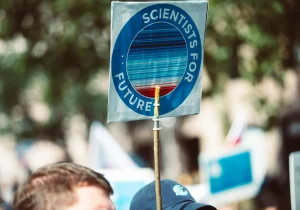Article
Take Care with Case Studies
This post is adapted from a toolkit for journalists by Health News Review.
Scientists know that case studies are far from definitive answers to questions about efficacy, association, and cause and effect, among others. Many in the general public don’t. Reporters love anecdotes and case studies because they can humanize data that would otherwise be hard to convey to readers or viewers. Discuss case studies with the media with these rules in mind:
- Emphasize it’s just one person. Whether you’re sharing your science with the public on your own (via social media, editorials, whatever) or discussing it with a reporter, make sure you say the effect you’re describing happened only in the person the case study is about. Repeat as many times as necessary.
- Share what would be more definitive. If you’ve tried a new drug in a single patient, note that a large randomized controlled trial is needed to prove it really works, for example, or how large a sample size would be needed for confirmation in an observational study.
- If you’re asked to comment on a case study in the news, note the items above.






0 Comments